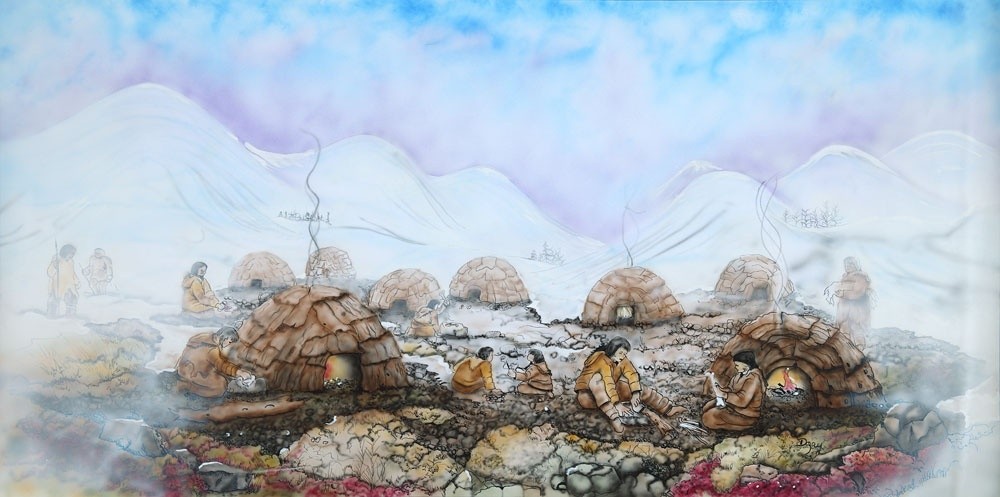
A Living Community
It is likely that life at Debert would be both strange and familiar to people today. Excavations at the site tell us much about some aspects of people’s lives, very little about others. Knowing relatively little, archaeologists put a picture of life together as best they can. Because a great deal is not known and because new pieces of the puzzle are added all the time, our understanding changes frequently. Much is left for us to imagine about peoples’ lives and how similar they were to those of us who came after them in this place.
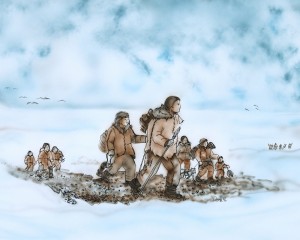
Imagined scene of people travelling near the Debert sites. Artwork by Dozay Christmas (Membertou First Nation).
While the artifacts at Debert suggest hunting and the related activities of bone and hide working were important, they were only part of people’s lives. When we envision the community at Debert, it is filled with sophisticated, knowledgeable people. They had an intimate knowledge of the weather, plants, landscape and animals with which they lived. They cared for each other, fought on occasion, solved problems, and found humour in their daily lives. Older people in the community carried valuable knowledge from their life-long experience, which was shared with others.
From Mi’kma’ki to the Americas
The community at Debert was not alone nor is it likely that people remained at one location all year long. While Debert is the only site in Mi’kma’ki with so many artifacts and features like hearths, there are other areas where single artifacts and small scatters have been found. The distribution of these sites indicates that people traveled throughout Mi’kma’ki. People traveled for many reasons, including hunting, visiting relatives, and gathering other kinds of resources, particularly the special rock (usually called chert) used for tools from areas such as Scots Bay and Parrsboro, Nova Scotia.
It is also very likely that people traveled to places outside the Maritimes. One striking aspect of life during this period is that the kinds of tools found at Debert are found throughout North America with at least one site identified in South America as well. This is the only time in history that artifact forms are shared over such a wide territory. What created this uniformity across such a wide expanse? Did people share extended family networks or just ideas about technology and hunting across thousands of kilometres? Relations extending over large areas would have been important in times of scarcity as well as for gathering and sharing news and stories. We do not know how far such networks extended.
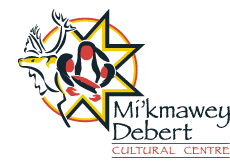

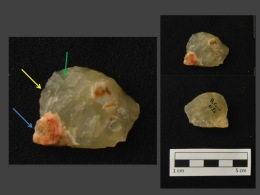
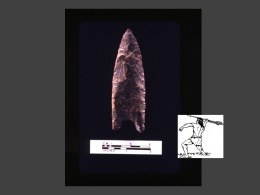
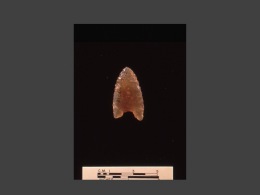
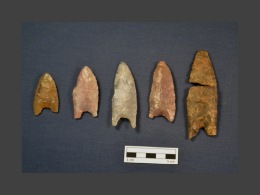
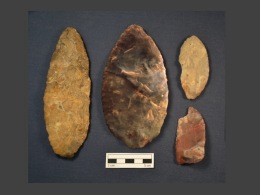
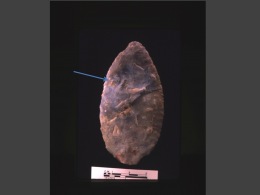
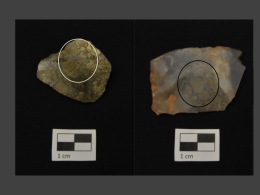
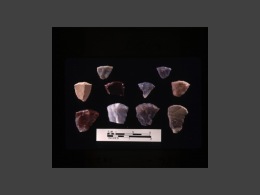
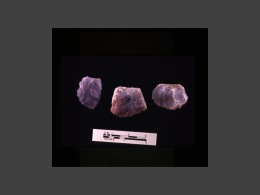
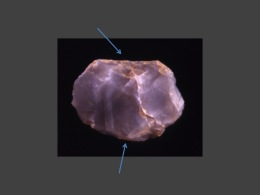
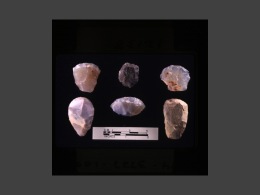
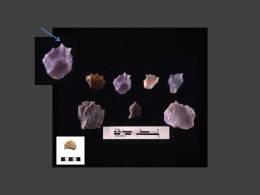
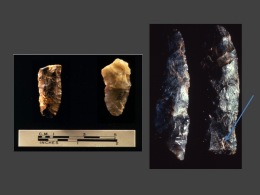
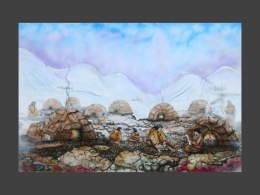
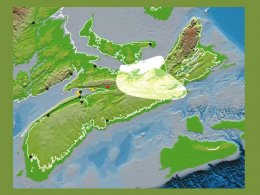
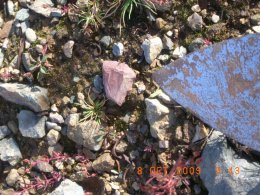
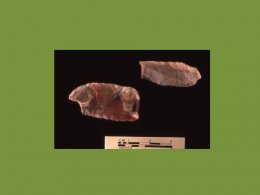
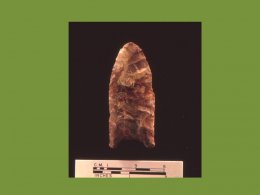
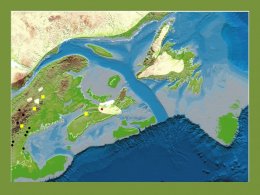
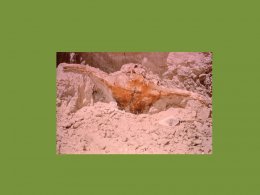
 sharing our stories
sharing our stories
Wonderful information. I yet have to visit the center at Debert.
question about all the artefacts found:
How can we explain that our Mi’kmaw ancestors could travel to, or welcome people from very distant places to acquire these items (tools, stones Etc.) … some as far away as South America !? Was there a sense of being all related in a way? as in a form of ‘continental’ First Nation, and therefore ‘family-like’ in a larger sense?
brothers to brothers?
Wela’lin Richard for your in-depth questions. I have passed these along to our team here at Mi’kmawey Debert and will email you once I have a proper response. As for the Centre, it has yet to be built. A large part of the work we do is in raising awareness and the funds to officially build this amazing centre which is slated to be open in 2025.
Thank you for reaching out.
MDCC Communications Officer